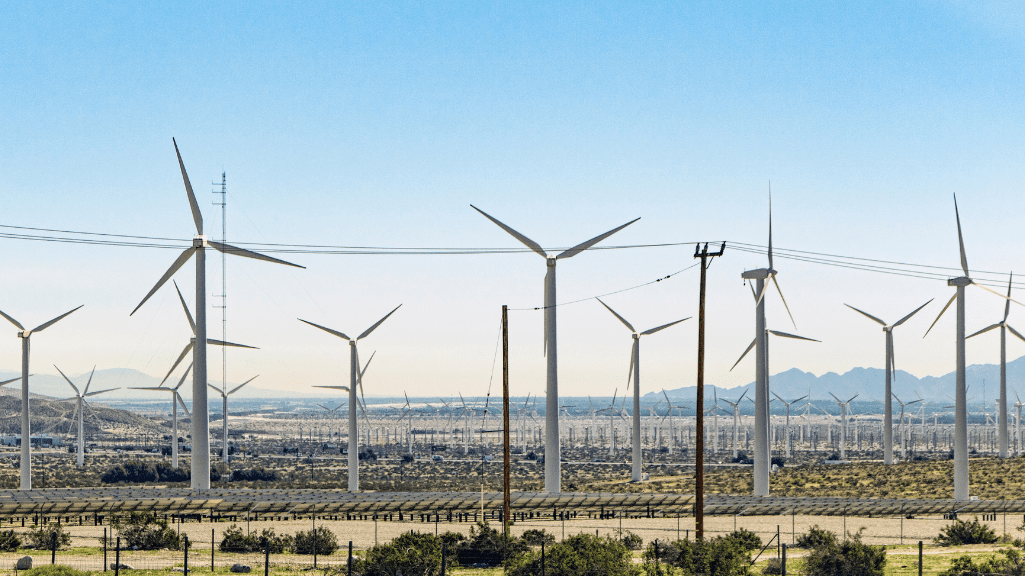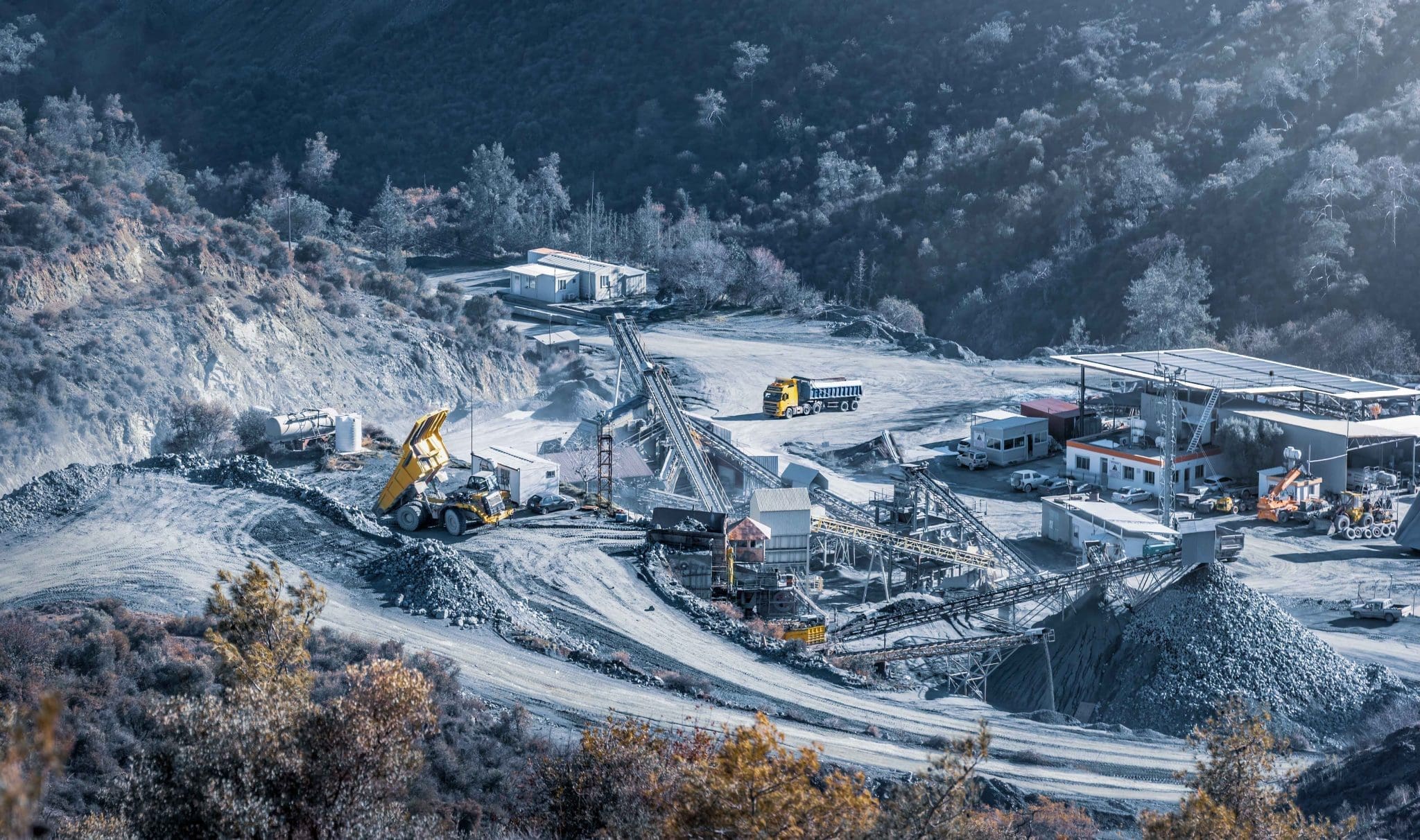The renewable energy industry is on the verge of huge growth over the coming years. The combined challenges of climate change and a growing, urbanised and energy intensive population create the need for a balanced and secure energy supply.
New renewable energy projects are an important part of the new energy mix. The last decade has seen them becoming an increasingly affordable proposition too. 2015 saw global investment in renewables hit $286 billion, double the spending on coal and gas-fired power. China, on its own, plans to top this level of investment in the coming years, with the country’s energy agency claiming it will invest $360 billion by 2020.
This is significant growth in a relatively short space of time. While this creates a lot of renewable energy opportunities for buyers and suppliers, the sector is still immature. One area in particular where renewables could learn from the oil and gas sector is health and safety (H&S).
Learn more about how Achilles can work with your Health and Safety team
Here are some of the main ways oil and gas provides an important signpost for renewable energy.
Risk analysis
Although oil and gas projects, particularly offshore ones, are complex and come with many risks the industry boasts a great safety record. This is, in a large part due to the rigorous risk analysis undertaken at nearly every stage of the project process, from procurement to construction, maintenance and decommissioning.
In the UK, the industry’s three-year non-fatal injury rate, per 100,000 workers, has decreased year on year. This experience has been built up over decades and provides a wealth of insight and information for renewables companies going forward.
The growth of renewable energy opportunities is leading many established oil and gas companies to make inroads into the renewables sector. They bring with them existing supply chains, established procurement teams and operational expertise. These companies represent a big opportunity for operators and suppliers within the sector and could have the effect of speeding up the introduction of higher H&S standards.
The importance of certification
One thing that renewable energy currently lacks is an agreed approach to H&S governance in key areas such as the certification of personnel and equipment. This can make it difficult for buyers to guarantee the safety and competence of their supply chains. This becomes particularly important as the scale and complexity of new renewable energy projects increases and buyers have a greater reliance on multiple contractors.
Communities like Achilles JQS and FPAL have been helping oil and gas buyers find the right kind of suppliers for their offshore projects. Because all new suppliers fill out a pre-qualification questionnaire to gain an Achilles accreditation, buyers know exactly what they are getting. Having a large pool of local, externally verified suppliers also means that buyers can be a bit more flexible, and don’t have to rely on a single supplier, reducing their risk.
Certification is an important step in the process of standardising operations globally, which can help renewables companies shorten transit time, anticipate bottlenecks and increase asset utilisation. We can help renewable energy buyers build up the pool of reliable and skilled suppliers that will enable them to scale up their operations safely and effectively.
There’s always more to learn
Raising H&S standards across the renewables sector is only one of the lessons the industry could learn from oil and gas. With its decades of experience in the construction and operation of complex projects, oil and gas has previously overcome many of the logistical challenges that renewables face today.
The lessons the renewables sector takes from oil and gas could have an important impact on how the industry scales in the coming years.
Read the full whitepaper to find out more today.



